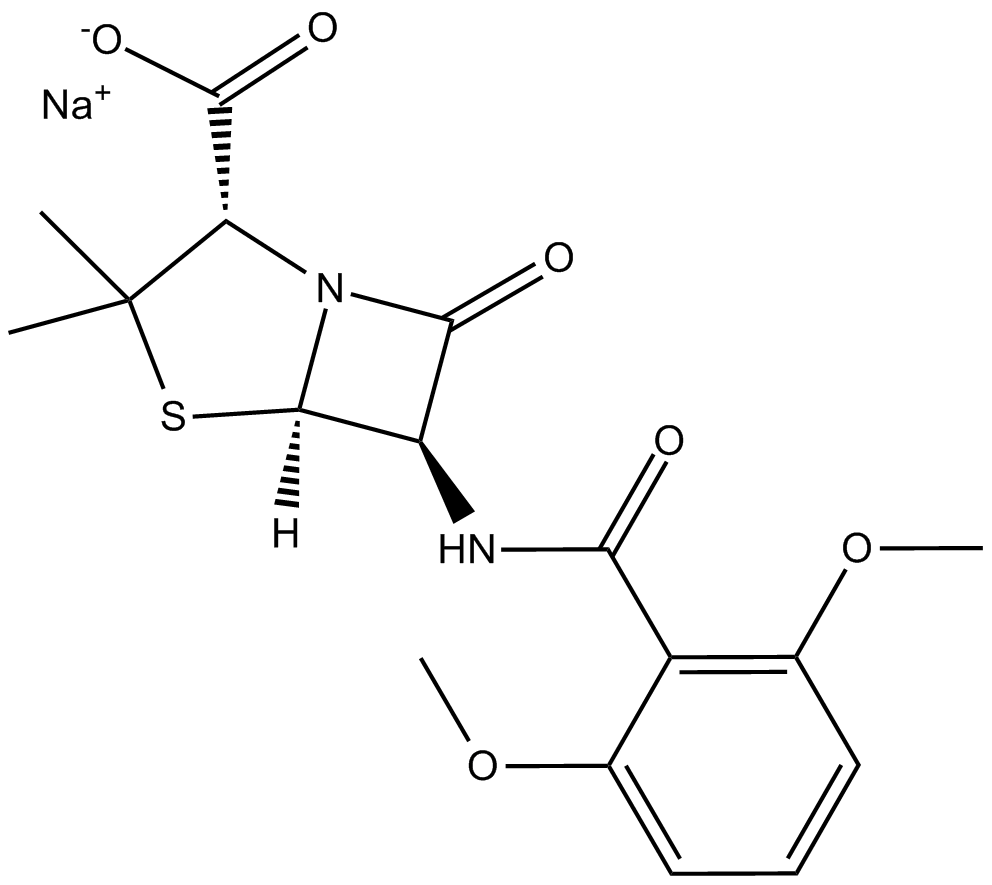
Finding the molar mass of a compound is a little more complicated. For example, the molar mass of H2 is 1.007 x 2 x 1 g/mol, or 2.014 g/mol. In these cases, you’ll need to multiply the relative atomic mass of the element by the number of atoms in the molecule, then multiply the result by the molar mass constant. However, some elements, such as hydrogen, nitrogen, and oxygen, only occur naturally in molecules of 2 or more atoms. For instance, zirconium has a molar mass of 91.22 x 1 g/mol, or 91.22 g/mol. For most elements, this means that the relative atomic mass is equal to the molar mass. Next, multiply the atomic mass by the molar mass constant, which is equal to 1 gram per mole. For instance, the relative atomic mass of zirconium (Zr) is 91.22. This is usually located under the symbol and name of the element. To find an element’s molar mass, start by checking the periodic table for the relative atomic mass of the element. Molar mass is the mass in grams of 1 mole of any given substance. According to the International System of Units, a mole is the amount of any substance that contains the same number of elementary entities-typically atoms or molecules-as there are atoms in 12 grams of the isotope carbon-12. When you’re measuring extremely tiny amounts of a substance, it can be helpful to use molar mass.

It is calculated as the mass of substance relative to the 1/12 th of the mass of the carbon-12 atom. It is calculated by dividing the mass of a substance by the amount of the substance It is the mass of a mole of a particular substance Difference Between Molar Mass and Molecular Weight Basis With the help of the above example, we can say that both molar mass and molecular mass are the same in their values but are different in their units. Therefore the molecular weight of H 2O = (1x 99 amu) + (1 x 35.45 amu).The number of chlorine atoms present = 1.In other words, we can say that the Molecular weight of a particular molecule is equal to the sum of the atomic masses of each element. With the help of the above equation, we can find the molecular weight of an element or a compound. Therefore, the unit of the molecular weight taken as atomic mass units or amu. The molecular weight has no units because the division has done between two masses that have the same units. Molar mass is the mass of a mole of a particular substance means the mass of a particular compound divided by the amount of substance. While the definition and units are different for molar mass and molecular weight, the value is the same. Whereas molecular weight is the mass of a molecule of a particular substance. Moreover, the main difference between both is that molar mass gives the mass of a mole of a particular substance.

Besides, the molar mass and molecular weight are two physical properties of substances.Īlmost all chemical reactions are involved the changes occur in molecules or compounds so it is very important to understand the chemical and physical properties of molecules in order to perform chemical reactions and assume the final products. These molecules attached to each other to form compounds. Molecules are substances formed due to combinations of the same or different atoms in different ratios. Difference Between Molar Mass & Molecular Weight


 0 kommentar(er)
0 kommentar(er)
